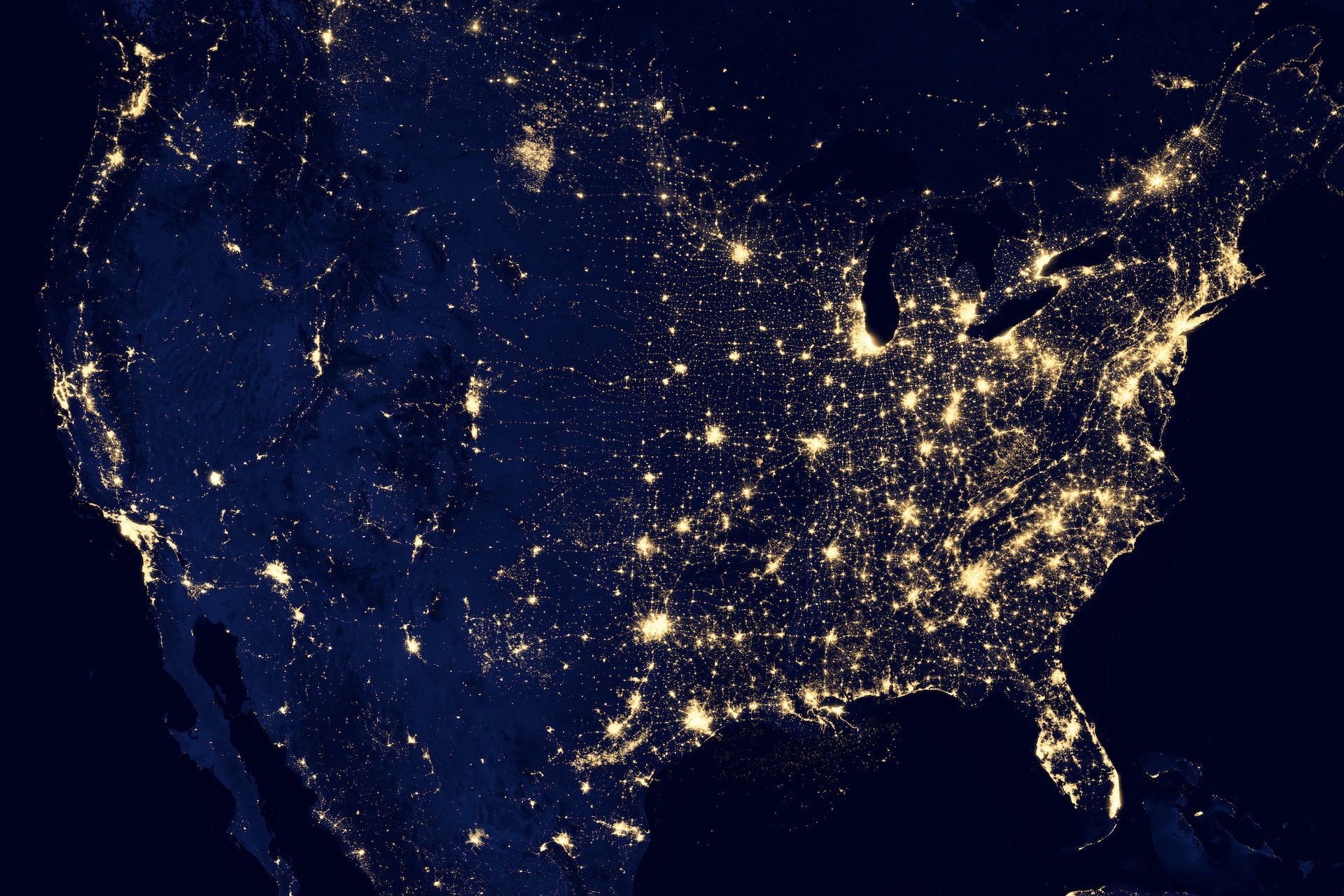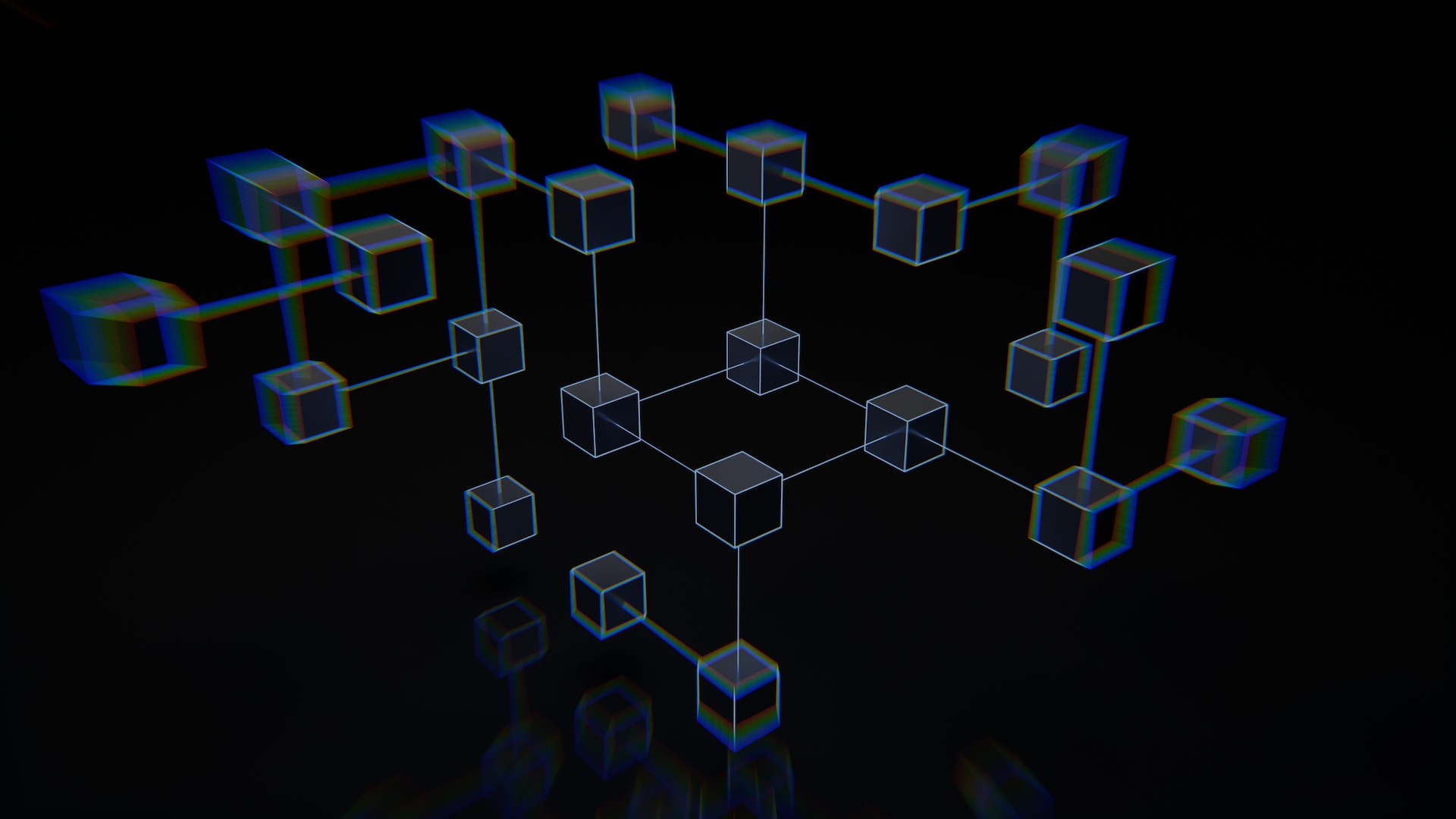WEB 5 -The Internet Morphs Again
 Harriet Iluekhabho
Harriet IluekhabhoIntroduction

When I was 12 years old, the prevalent operating systems were the earlier versions of Android and iOS. At that time, the primary security measures for these devices were passwords and patterns. I distinctly recall one day thinking to myself, "I wish phones would open with just our fingerprints." A couple of months later, the first series of phones with biometric features were introduced. I remember feeling stunned by the 'god-like' nature of these new devices.
The internet is an amazing space, and it's almost surreal how far we've come in terms of technological advancements.
Over the years, we've witnessed various versions of the web that have advanced greatly. They are discussed below:
WEB 1 - "Read - only"

Web 1.0, prevalent around the late 1990's till the early 2000's. This was the time when users could only read content on the internet. We could compare Web 1.0 to a digital newspaper. This is why it was called the 'read-only" web. The downside of this era was its lack of interactivity—users could not engage and interact with the web as we do today.
WEB 2 - The world is one big social market
Web 2.0, this is where things get really interesting with the world wide web. This era of the internet was popularized around 2004 and still used till date. With Web 2 the internet became more interactive, users can now create, update and engage with content on the internet making communication and networking easier. Web 2 is made possible by the development of newer technologies to enhance it's features, so no more boring old Web 1.
Have you ever searched for an item or specific information on a browser or your favorite social media platform, and a few hours, days, or even minutes later, you see ads suggesting the exact same thing you searched for? If your answer is yes, it's likely due to the centralized nature of Web 2 You see, when we use the internet, we unknowingly provide information related to our interests and choices, this information are stored in cookies. software companies often use this data for targeted advertising on their platforms, tailoring ads based on your interests and choices.
While Web 2 allows users to generally have control over their data there are concerns about data privacy and security for user's data:
Web 2.0 relies on centralized servers, presenting challenges such as server overload during peak user demand, security risks from potential breaches by hackers, and an increased vulnerability to government and corporate monitoring of user activities.
Users encounter challenges with data ownership when using online platforms. To access these platforms, users are required to create profiles and provide login information through email registration. Unfortunately, tech companies often leverage this data for their own financial gain, raising concerns about user privacy and the exploitation of personal information.
WEB 3 - Power to the people?
What comes to your mind when you hear "Blockchain"? You most probably think of cryptocurrency, right? Bitcoin was the first decentralized cryptocurrency. Nodes in the Bitcoin network verify transactions through cryptography and record them in a public distributed ledger called a blockchain.
Web 3 Introduced decentralization via Blockchain technology, a record keeping system also as known as a ledger, best known for facilitating cryptocurrency transactions. Though Blockchain is the bedrock of cryptocurrency today, it is not it's only function. Decentralization via Blockchain eliminates the need for mediated services by companies like Google, Amazon or Facebook and allows users to solely own their data. one feature of web 3 is the ability for users to have their personal wallet - verifiable credential.
While Web 3 is a significant effort to decentralize the internet, it faces challenges. Many of its tools are still controlled by a few centralized entities, putting users' privacy and security at risk of misuse and monetization. This poses a challenge to the initial mission of decentralizing the internet in Web 3.

WEB 5 - To Be Decentralized (TBD)
What is web 5?
"Web 5 is an ecosystem that enable developers to build application that prioritizes data ownership" - Rizél Scarlett (Dev Advocate at TBD).
At TBD the mission of a truly decentralized internet is actualized. To create a truly decentralized internet the accessibility of web 2 and Web 3's goal of returning control back the end users of the internet are combined. Web 5 has three main features which are highlighted bellow:
- Decentralized Identifier (DID) :
We have seen with web 3 that user own and control their data via Blockchain technology, so what's the need for Web 5, what makes it better than Web 3 and the other previous web versions? Well the answer is "DECENTRALIZED IDENTITY". The World Wide Web Consortium (W3C) created new identity standards and Web 5 provides a framework to apply those standards. One of W3C's specifications is a Decentralized Identifier (DID), an alphanumeric string in form of an address that represents who you are on the decentralized web.
A Decentralized Identifier (DID) is based on cryptographic principles, It is not tied to one web application or system and your DID gives you access to a Decentralized Web Node (DWN) or personal data storage.
- Verifiable Credentials :
Verifiable credentials are a W3C standard that work hand in hand with Decentralized Identifiers to enable trustless peer to peer interactions - meaning two parties do not need to trust one another to engage, but claims made about a DID subject can be verified.
Verifiable Credentials are a way of owning your identity on the web. On a day-to-day basis, we share our personal data in exchange for services, such as banking services and internet services. Often, we need to do the same for multiple accounts and services, making it hard to keep track of who has access to our data. When we give out our data, it is challenging to retain ownership of the shared information. Verifiable Credentials provide a solution to this issue.
Verifiable Credentials work like digital badges that vouch for something about you, such as your identity, qualifications, or membership.
Imagine you need to prove that you graduated from a university. Your university issues a cryptographically signed Verifiable Credential, which is then stored in your identity wallet. This credential serves as a digital certificate, signed by your university—the issuer of the credential—to ensure its authenticity. You, as the user, are the subject of this credential.
Now, when you want to prove to someone else that you graduated, you present the Verifiable Credential that's cryptographically signed by both you and your university. They can check the university's signature to confirm it's real, just like checking a signature on a paper document.
Verifiable Credentials help you own your digital personality which helps connect to any web app or application without needing to sign up and explicitly share data with the host app. Verifiable Credentials are like your digital proof, and you're in charge of when and how you share them.
- Decentralized Web Nodes (DWN):
A Decentralized Web Node (DWN) is a data storage and message relay mechanism that entities can use to locate public or private permissioned data related to a given Decentralized Identifier(DID).
Picture the conventional internet like an enormous library, where a single central librarian oversees all the books and transactions. This librarian's duties include tracking who borrows and returns books, as well as managing all information in a centralized location.
Now, consider the decentralized web as a network of small, independent community libraries. Each library (node) has its own set of books (data) and keeps track of its own transactions. There is no central librarian; instead, the community of libraries works together to validate transactions and share information.
The problem that decentralized web nodes solve is comparable to reducing reliance on a single point of control. In the traditional system, if the central librarian has a problem or decides to censor certain information, it affects the entire library. However, in the decentralized model, even if one community library faces an issue, the others continue to operate independently, promoting resilience, transparency, and the ability to function even in the face of challenges.
DWNs play a crucial role in blockchain technology, where decentralized ledgers and consensus mechanisms contribute to secure and transparent record-keeping, as seen in various blockchain-based applications and cryptocurrencies.
In summary, the use of Decentralized Web Node (DWNs) aligns with the broader trend of decentralization, offering advantages in terms of security, privacy, transparency, and user empowerment across various applications and platforms.
The Future
I've grown older and technology keeps advancing and would continue to do so as the years go by. As we reflect on the evolution of technology, from the days of the static web, to the moment we wished for a more seamless privacy and security experience. It was a desire for a shift towards simplicity and efficiency that brought us this far. We find ourselves at another juncture, Web 5 - the future of the Web through the decentralization of the internet via Blockchain technology—a new chapter where empowerment and security converge to shape the future of our digital interactions.
Subscribe to my newsletter
Read articles from Harriet Iluekhabho directly inside your inbox. Subscribe to the newsletter, and don't miss out.
Written by
